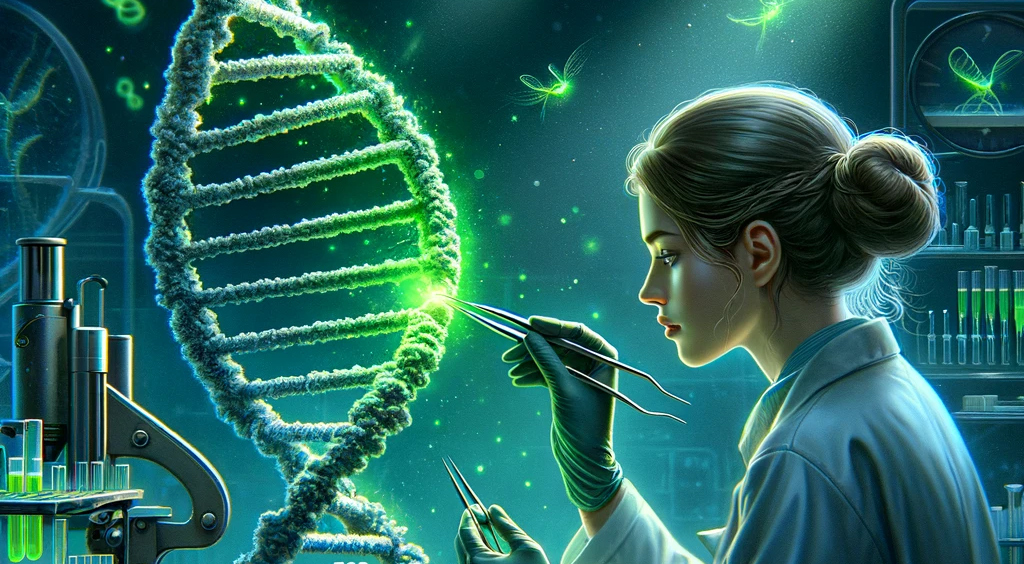
NovaFISH is a new kind of single-molecule FISH (smFISH) technique that enables you to quantify gene expression with spatial information and digital quantification. Due to the intrinsic low signal of smFISH (dozens of fluorophores on each stained RNA dot), we have several suggestions on the image acquisition of smFISH samples, including NovaFISH, to get high-quality images for accurate and reliable NovaFISH quantification.
1. Epifluorescence or Confocal?
Traditionally, smFISH community encourages users to image the sample with epifluorescence approach. It might be still true for some smFISH probes, but not optimal in NovaFISH. We primarily image our samples under confocal microscopes. First of all, the signal to noise ratio (S/N ratio) in a confocal microscope is superior because the optics only allow the light from the focal plane to be detected (Figure 1). In contrast, the signal in the epifluorescence microscope is typically compromised by strong out-of-focus background. This unfavorable background is especially critical within tissue samples. Both the fluorescence from the cells in the non-focal plane and autofluorescence contribute heavily to the background. Either or both of them can overwhelm the NovaFISH signal and make the RNA dots hard to discern. Therefore we recommend an epifluorescence microscope only when you are working with relatively thin samples (<5 um) or cell culture samples. Otherwise, a sensitive confocal microscope or a spinning disk microscope is recommended to record your precious samples.

Figure 1. Epifluorescence (left) vs Confocal (right) NovaFISH imaging with Gapdh probe in Hepa 1-6 cell.
2. Which microscope should I use?
We have tested our NovaFISH technique on a variety of microscopes listed in Table 1.

Table 1. Validated microscopes for NovaFISH.
The general rule of thumb in choosing a microscope is the sensitivity of the microscope, especially the detectors, e.g. the camera or PMT/APD. NovaFISH definitely amplifies the signal of the target RNA by at 30~300 fold, but still keeps the benefit of smFISH of spatial information and sensitivity at the single-molecule level. Therefore, when the setup is single-molecule sensitive or close to single-molecule sensitive, you are on the safe side. Normally newer models of microscopes released in the past 10 years are able to provide the sensitivity at the single-molecule level or close to and should be sufficient for NovaFISH measurements. The older models of microscopes typically lack the required performance due to outdated optics, detectors, or even bad maintenance and are not able to obtain acceptable images anymore, for example an outdated Leica SP5 (released 2005).
3. Which objective should I use?
smFISH RNA dots are very tiny and can be dense in biological samples. Actually, each NovaFISH RNA label appears as a dot of diameter equal or less than 65nm and reaches the actual resolution limit of the super-resolution microscope (data from Leica STED 3D imaging of NovaFISH dots). With a conventional microscope (epifluorescence and confocal), a 60x or higher magnification oil objective with NA>1.3 is recommended to obtain a good resolution. A 40x, NA 1.2 Water objective on Zeiss 880 was tested in house and generated acceptable results. But the single RNA dots were already overlapping when the expression level was high, for e.g. with experiments on housekeeping genes like Gapdh. A good resolution is always beneficial for NovaFISH imaging with increased capacity of decoding the total number of transcripts per cell. See Table 2 for a summary.

Table 2. Tested objectives with NovaFISH
4. What image pixel size I should use?
In order to obtain good quantification in NovaREAD, we recommend at least 5 pixels to cover the point-spread-function (PSF) of each RNA spot (Figure 2). It means 100 nm/pixel in a typical 60x or 100x confocal microscope, which delivers 200~300 nm lateral resolution.

Figure 2. Undersampling with big pixel size reduces the data quality for later PSF modeling/fitting in NovaFISH.
These recommendations are from our intensive testing and also from accumulated shared experience from our customers and collaborators. Please contact us at order@pixelbiosciences.com in case you want to improve your measurements. Your questions and experience will definitely help us and others and, most importantly, you as well.
Enjoy your experiments with the single-cell single-molecule quantitative NovaFISH.

